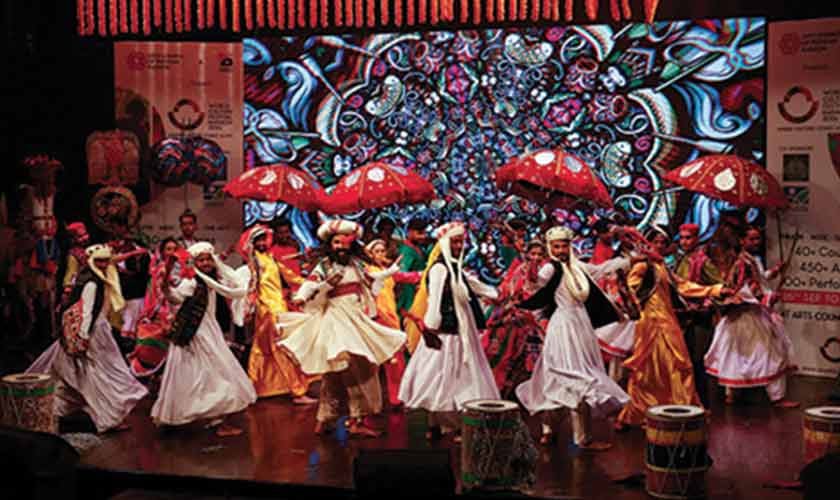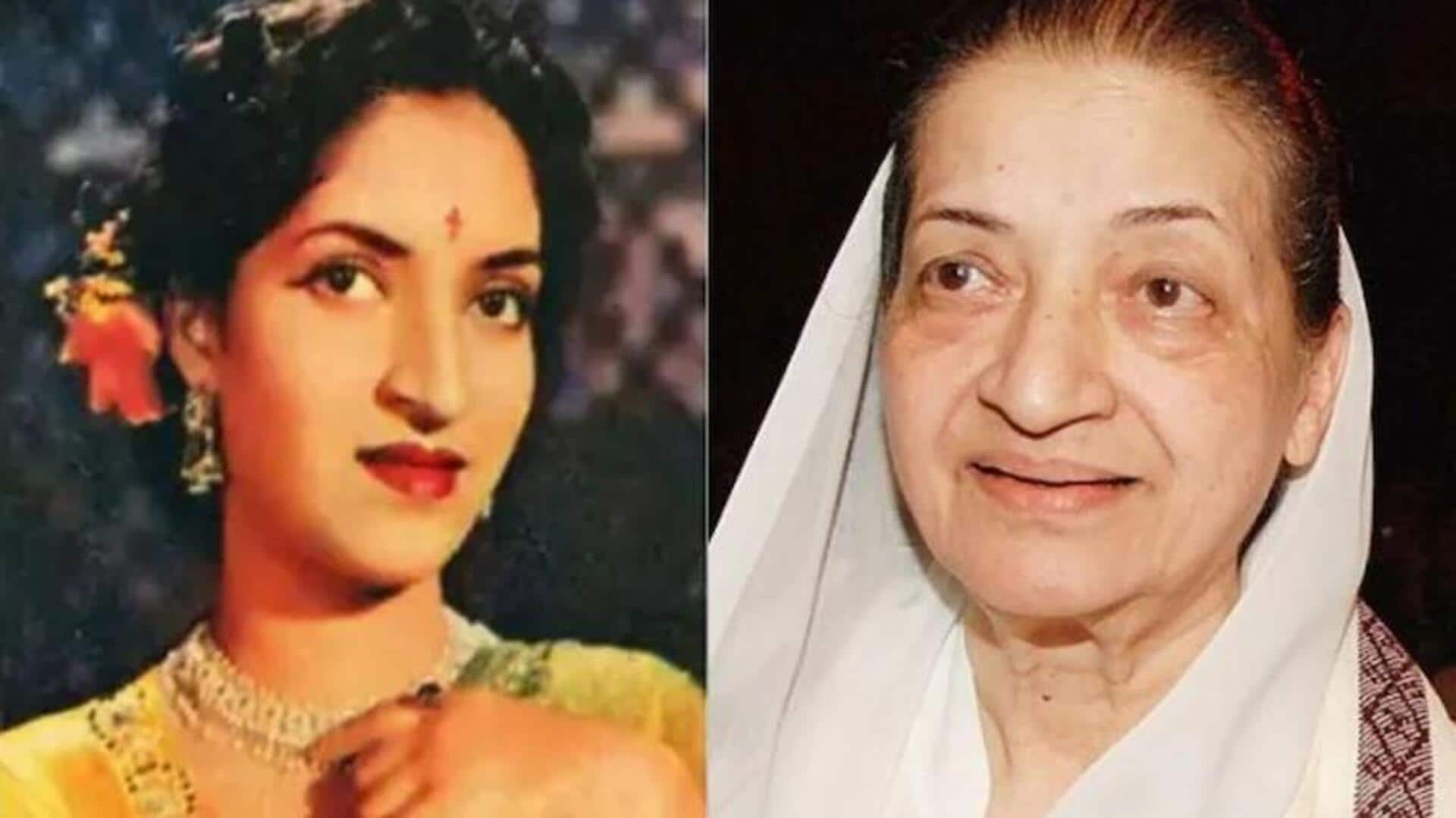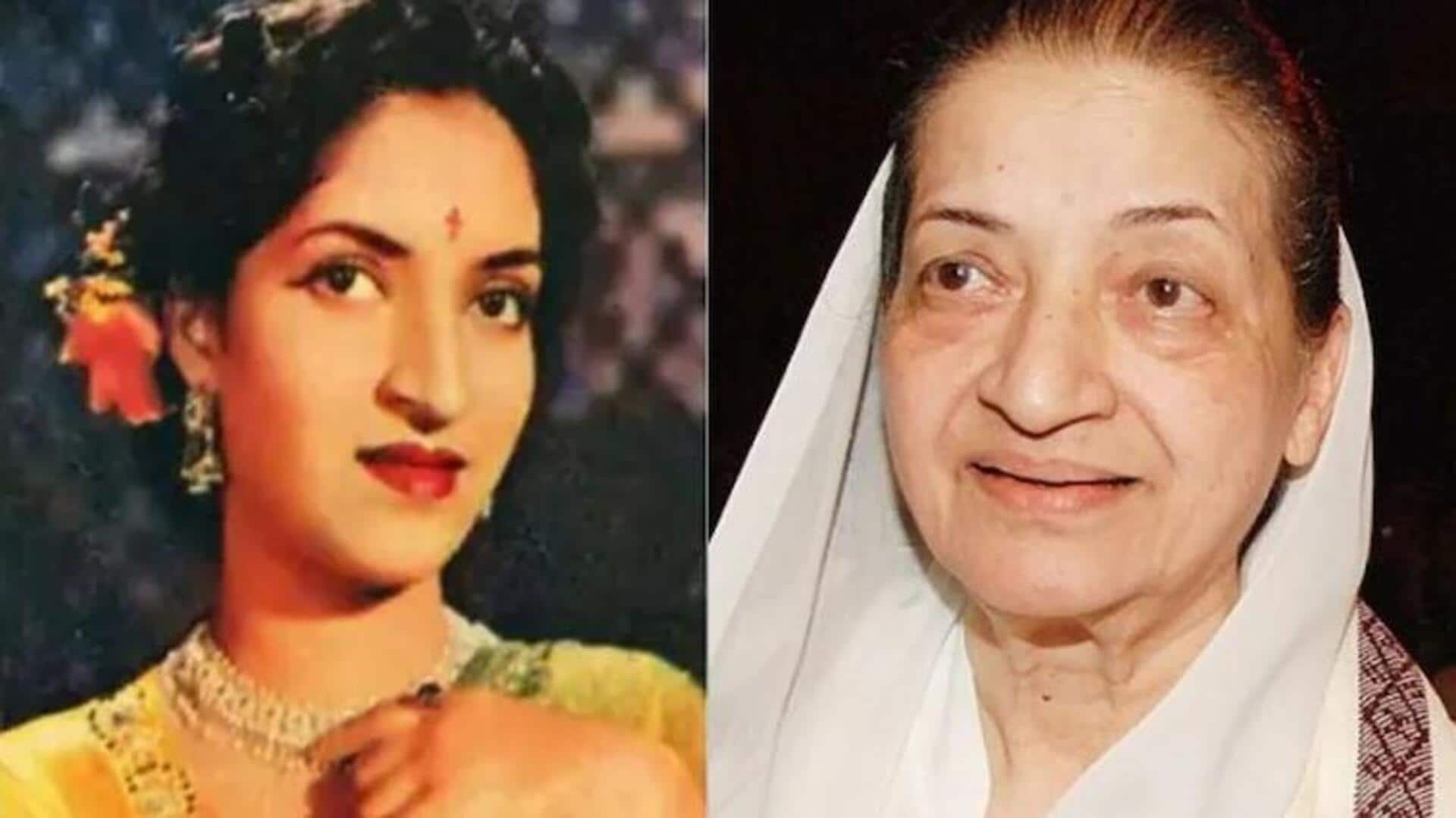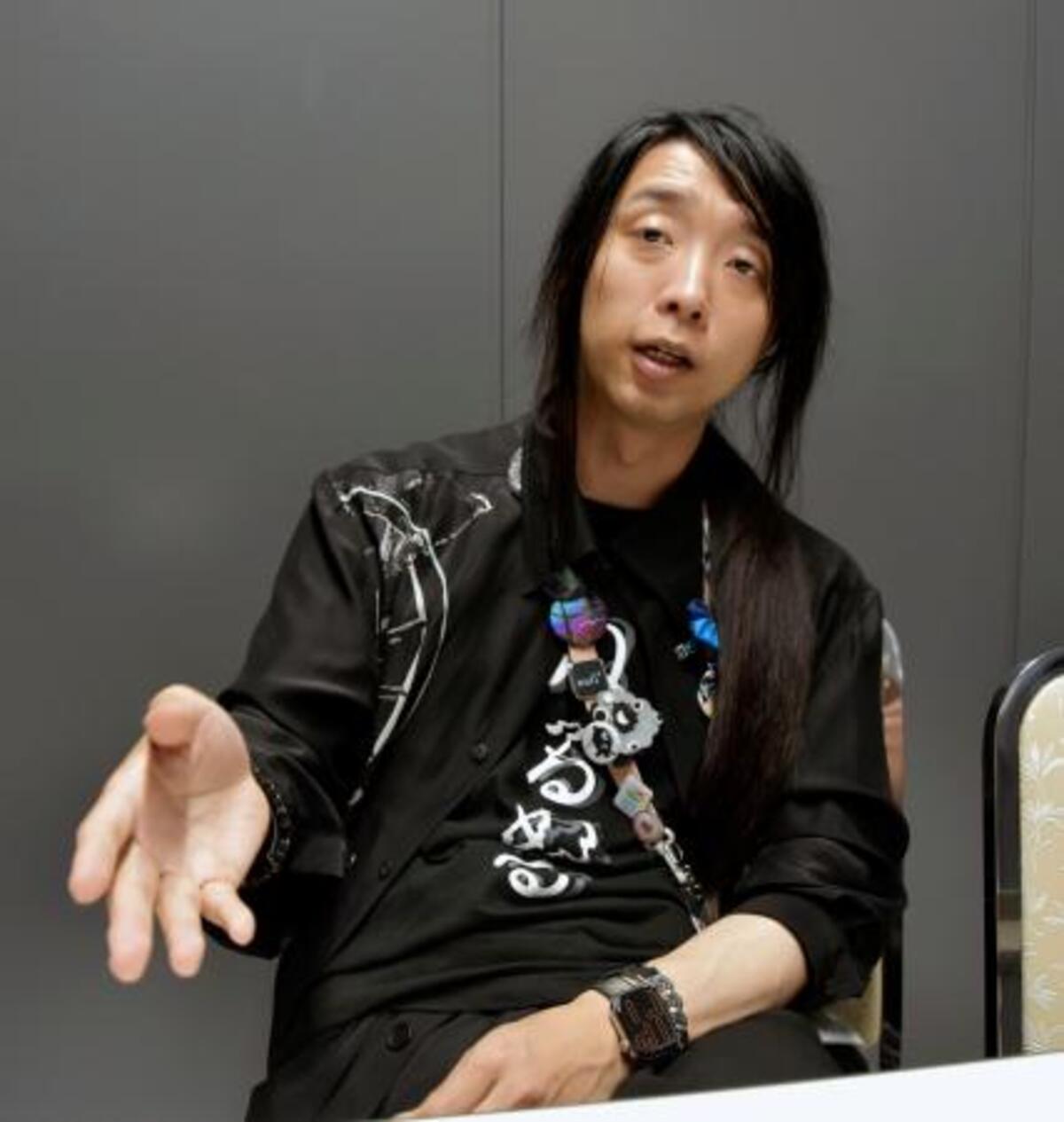The World Culture Festival, organised by the Karachi Arts Council and spanning nearly two months, is fast becoming a defining feature of Pakistan’s cultural landscape. What began as an ambitious experiment has, through steady persistence, evolved into a landmark event—not only for Karachi but for the country as a whole.
Each year, the festival returns larger in scope and richer in content. With that regularity comes both confidence and credibility. In a nation that has too often relied on cosmetic gestures to project its creative side, the need now is not for spectacle but for space—room for imagination, innovation, and for art to breathe freely.
Pakistan’s creative energy has never been in question; its freedom to move has. For nearly four decades, that safe passage has been obstructed by ideological confusion that has cast long shadows across the country’s cultural horizon. Every artistic initiative has at some point been measured against narrow moral and religious yardsticks, deemed *jaiz* (permissible) or *najaiz* (forbidden). Such binaries have silenced more voices than they have nurtured.
Many non-confrontational artists withdrew to avoid censure; a few brave ones pressed ahead regardless of consequence. Between retreat and resistance, creativity learned to survive—quietly, resiliently, and often against the odds.
Among those who refused to let that spirit fade is Ahmed Shah, the driving force behind the Arts Council’s revitalised vision. His commitment has been as relentless as it has been pragmatic. Through political upheavals, economic pressures, and changing cultural moods, he has kept the institution in motion, ensuring that Karachi remains the centre of artistic gravity in a country that has at times appeared uncertain about its own cultural direction.
The result is visible in the energy that now surrounds the Council: exhibitions, performances, debates, and collaborations that reach well beyond the city’s boundaries. This momentum recalls an earlier cultural flowering.
In the 1990s and early 2000s, the Rafi Peer Theatre Workshop was at the forefront of Pakistan’s creative life, staging large-scale festivals that attracted international artists and audiences. For a brief period, Lahore was a global stage. That movement ended abruptly after a terrorist attack on the festival site. The violence not only halted the events but also shook the confidence that had made them possible.
For years, the silence that followed symbolised a deep national hesitation—a question of whether art could once again inhabit public space without fear.
The Arts Council’s World Culture Festival answers that question with quiet persistence. Its regularity matters. When festivals take place year after year, artists begin to plan around them; they become part of the world’s creative calendar. International performers pencil them into touring schedules, local groups prepare premieres, and audiences begin to anticipate those events.
Predictability, in this sense, breeds trust. And trust builds the foundations of any lasting cultural tradition.
Every creative initiative in Pakistan has, at times, been measured against narrow moral or religious yardsticks—forcing many to withdraw while a few pressed ahead regardless of the consequences.
Karachi, it must be said, has taken the lead. The city has emerged as Pakistan’s undisputed cultural hub, its pulse quickened by television, theatre, literature, and music. Media and production houses have migrated here, bringing with them talent and opportunity.
Lahore, once the heart of the nation’s film industry and home to its earliest radio and television stations, has gradually receded from the centre stage it once commanded. Today, the country’s creative energy beats strongest by the sea, where commerce and culture intertwine.
This year’s World Culture Festival promises to be broad-based, encompassing nearly every form of performance art—from music and theatre to dance, film, and literature. That inclusivity is its strength.
By placing different disciplines side by side, the festival becomes a space of exchange: choreographers meet writers, actors meet musicians, and collaborations that might not have existed otherwise begin. Such cross-pollination lifts the standards for everybody and situates Pakistan firmly in a global dialogue.
There is also an economic story behind the artistic one. The old image of the impoverished artist, bearing society’s burdens in solitude, is giving way to something healthier: a recognition that art and enterprise can coexist.
A thriving cultural ecosystem requires not just talent but also sustainability: galleries that sell, theatres that fill, and festivals that draw sponsors and audiences alike. When art becomes part of the city’s economic bloodstream, it is no longer ornamental; it becomes essential.
In that sense, the World Culture Festival is more than an event. It is an assertion that culture in Pakistan is not peripheral or decorative, but central to the story the country tells about itself. It is also a reminder that creativity flourishes not through state decrees or moral policing but through continuity, openness, and exchange.
The Council’s effort to sustain that rhythm, year after year, is an act of quiet defiance as much as celebration. Karachi’s experience shows that progress in the arts rarely arrives through revolution; it generally grows through repetition.
Festivals like this one make space for imagination to mature, for artists to connect across boundaries, and for audiences to see their society in a different light. Each edition adds to the collective memory—slowly shifting how the nation sees itself from a place of limits to a place of possibility.
The World Culture Festival is proof that when creativity is granted its freedom, it not only survives but thrives.
In a city long defined by struggle and resilience, the festival offers something rarer: continuity. In that continuity lies Karachi’s greatest cultural triumph—a safe passage for art and for the imagination.
https://www.thenews.com.pk/tns/detail/1349999-karachis-quiet-cultural-revival



